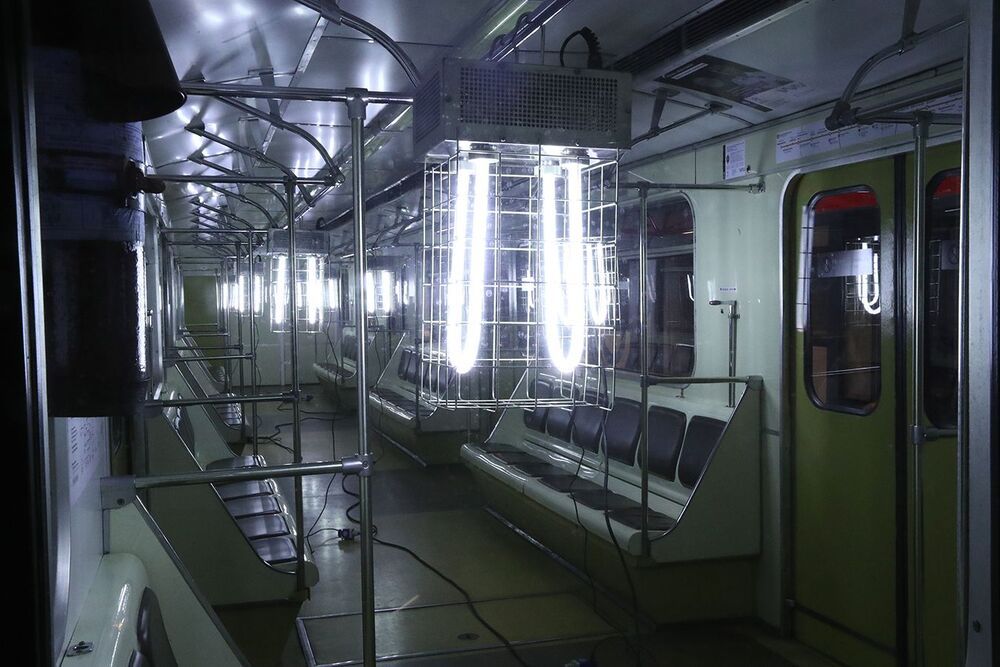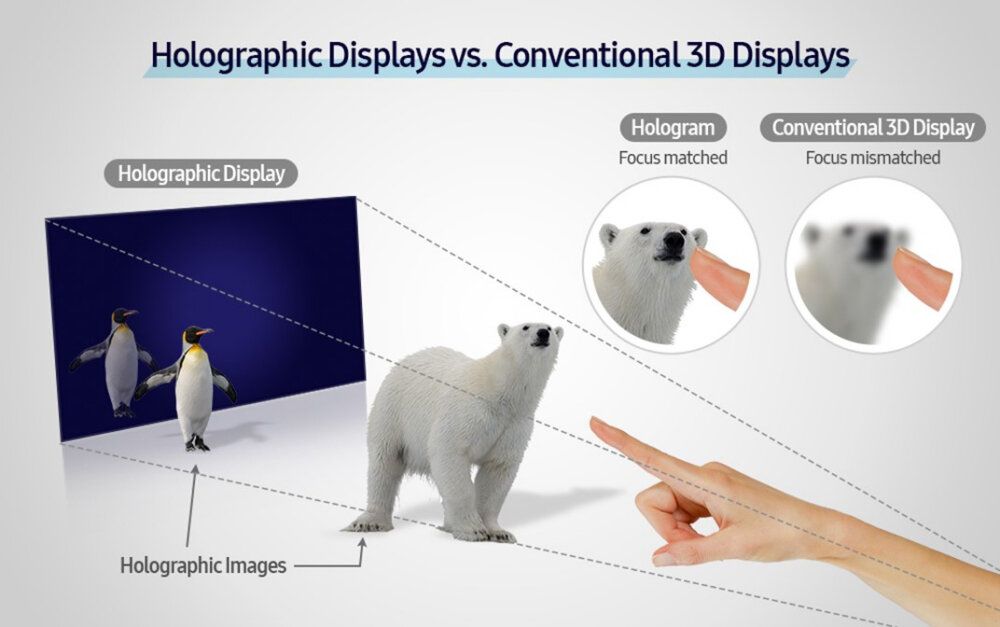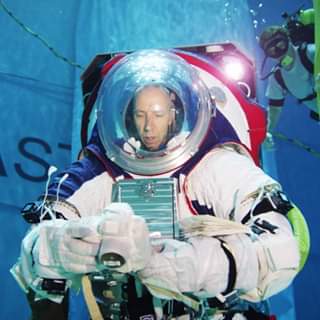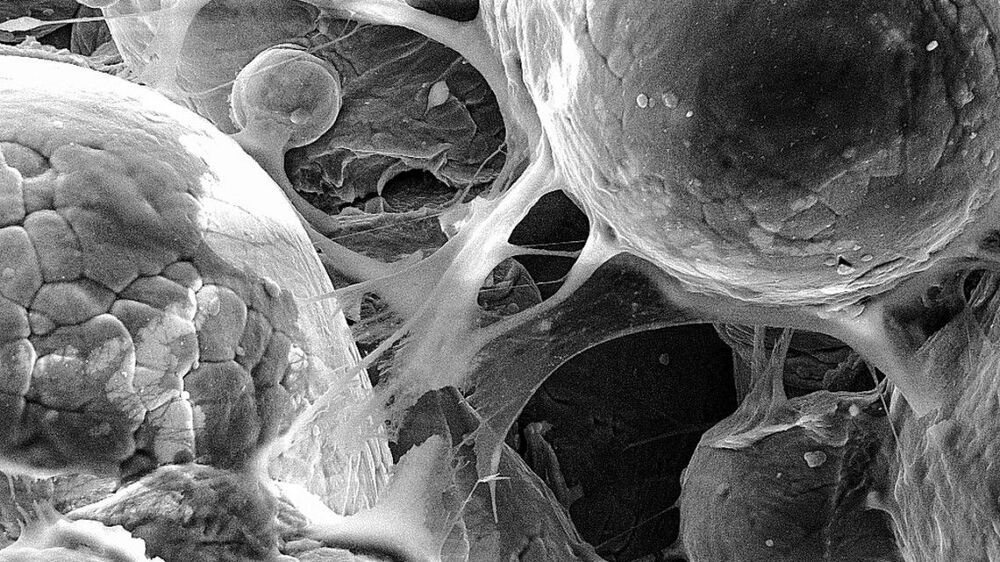What we pay attention to shapes our opinions and views and our opinions and views shape our actions—well beyond clicks and taps on a screen.
But this is only the beginning. The internet and its enabling tools were the last great generation of technology. New generations are already making their presence known. In coming decades, technology will more compellingly seduce our attention, will escape its silicon-and-glass cage, will animate the inanimate, and even shape our biology.
The answer isn’t to do away with technology. There’s no putting the genie back in the bottle—nor should we want to. Besides negative outcomes, technology remains a powerful tool for good too. But as individuals, as a society, we need to become far more aware of how we interact with technology, to keep a closer eye on business incentives, and to consciously employ our tools in ways that firmly align with our goals.









